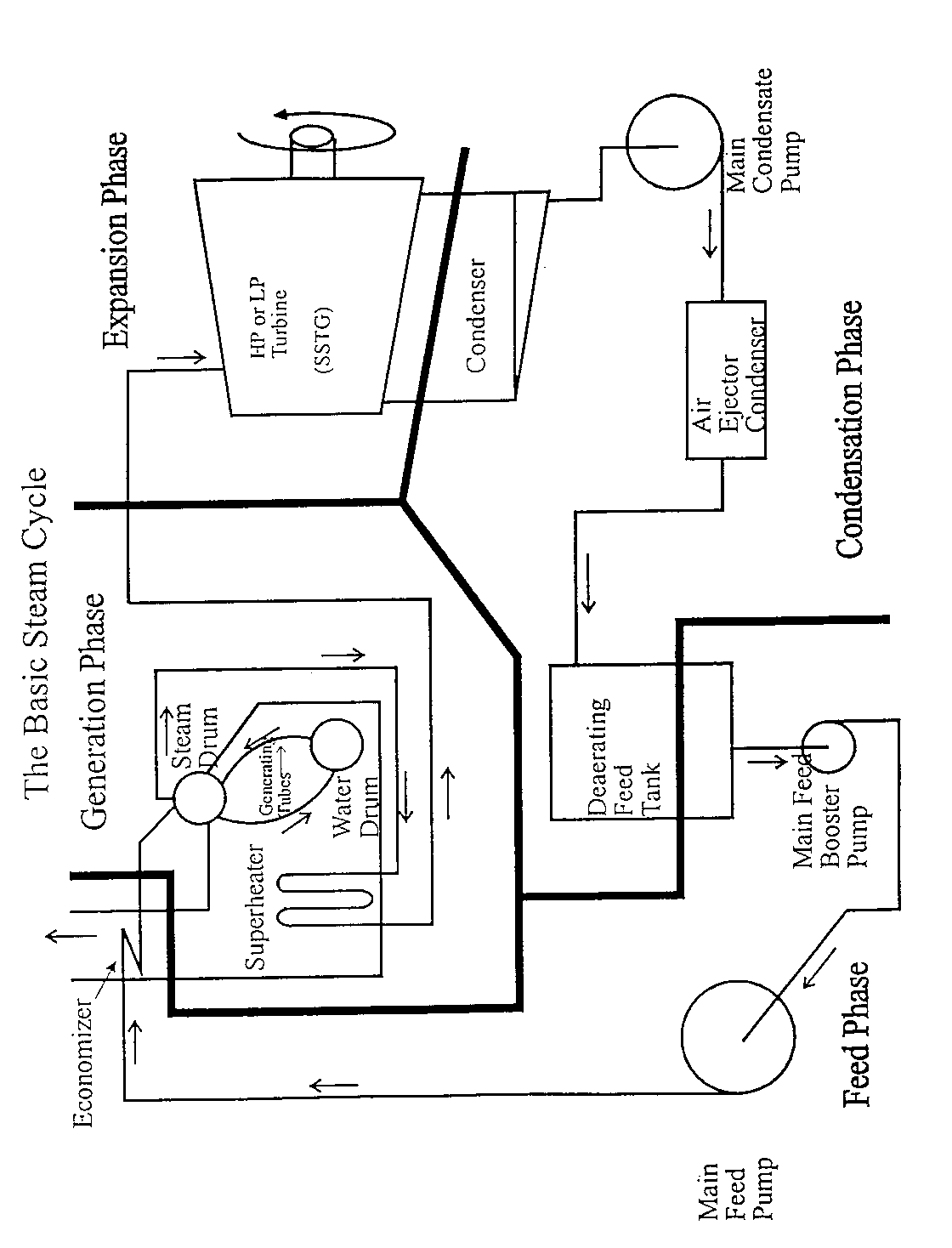- Dec 24, 2014
- 10,254
- 55,063
- Funster No
- 34,553
- MH
- Compass Navigator
- Exp
- Ever since lighting was by Calor gas.
losing the steam pressure?
Surely the boiler has to be 'opened' to replenish the water exhausted as steam but wouldn't that let all the steam pressure out of the boiler and cause a long delay whilst the fresh cold water heated up and pressure was restored?
Secondly. A higher than atmospheric pressure raises the boiling point of water so does that mean that the pressurised boiler water has to be raised to a greater temperature than 100degC before generating steam?
Thirdly. At what pressure (lbs/sq. in.) does the boiler operate?
I've trawled no end of graphics and YouTube videos on t' web without finding answers.
John Barrett ?
Surely the boiler has to be 'opened' to replenish the water exhausted as steam but wouldn't that let all the steam pressure out of the boiler and cause a long delay whilst the fresh cold water heated up and pressure was restored?
Secondly. A higher than atmospheric pressure raises the boiling point of water so does that mean that the pressurised boiler water has to be raised to a greater temperature than 100degC before generating steam?
Thirdly. At what pressure (lbs/sq. in.) does the boiler operate?
I've trawled no end of graphics and YouTube videos on t' web without finding answers.
John Barrett ?



 That's over 8000psi!
That's over 8000psi!